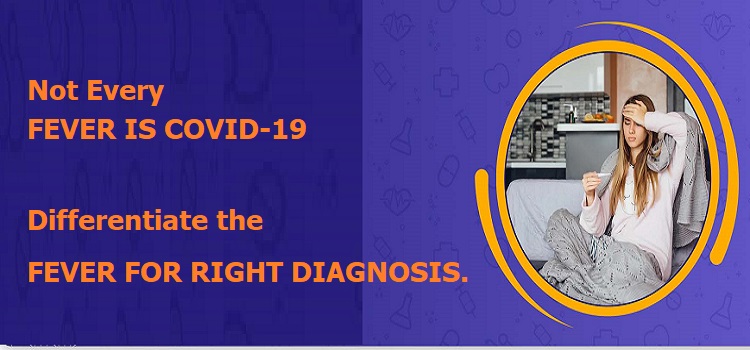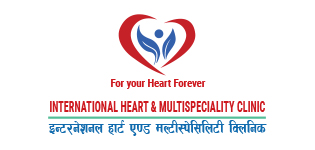Differentiate the Fever for Right Diagnosis
- 2022-08-29
Fever is common
but the cause of it can be different & identification is important for a
complete treatment.
The monsoon
season refreshes us from the sizzling summer heat. This change in weather makes
for a perfect breeding ground for bacteria and viruses. These foreign bodies
give rise to fever, which is a very common occurrence during this season.
Though this is an unmissable sign that indicates an attack by the pathogens on
your health, there is more to fever than meets the eye. So, differentiate the
Fever for Right Diagnosis.
MOSQUITO-BORNE
INFECTIONS
MALARIA: One of
the most common monsoon diseases, malaria is caused by the bite of a female
Anopheles mosquito which breeds in stagnant water.
This fever is
usually associated with bouts of shivering, chills, body aches and sweating.
The symptoms usually appear in cycles due to the life cycle of the malarial
parasite as they develop and reproduce in the human body.
DENGUE: Dengue is
a viral infection caused by the bite of a female Aedes aegypti mosquito. There
are four serotypes of dengue virus.
It could manifest
as a sudden high-grade fever, skin rash, severe headache, pain behind the eyes,
severe joint and muscle pain. Hence the name break-bone fever.
While Dengue
RT-PCR remains the most sensitive and specific test for dengue, a combined NS1
antigen, IgM, and IgG test can help detect both early and late dengue disease.
WATER-BORNE
INFECTIONS
TYPHOID: Caused
due to contaminated food and water, typhoid fever is usually associated with
diarrhea, abdominal pain, and headaches. The fever during typhoid rises over
the course of each day and drops by morning, in a step ladder pattern.
GASTROENTERITIS: Accompanied
by inflammation and irritation in the stomach, gastroenteritis spreads due to
the waterlogging and improper drainage. Low-grade fever along with symptoms
such as watery stools, abdomen pain, cramps, nausea and vomiting could indicate
gastroenteritis.
AIR-BORNE
INFECTIONS
COLD: Although
common cold and cough are prevalent around the year, they are on the rise
particularly during monsoon. The most common causes of the common cold are
viruses. In addition to low-grade fever, sneezing, sore throat, fatigue and
nasal discharge are the most common symptoms associated with a cold.
FLU: Flu, also
known as influenza, is a common respiratory illness. Its common symptoms
include fever, cough, sore throat, shortness of breath, runny nose, muscle pain
and headache. Typically, a person develops symptoms anywhere from 1 to 4 days
after catching the infection.
COVID-19: Known
symptoms of COVID-19 include fever, cough, sore throat, and loss of smell
and/or taste. However, symptoms such as pink eyes (conjunctivitis), headache,
body ache, diarrhea and vomiting are also witnessed in some patients.
HOW TO BREAK A
FEVER?
Stay at home and
take sufficient rest
Drink lots of
fluids to stay hydrated
Try cold sponging
or tepid water sponging
Wear light, loose
cotton clothes
Take
fever-reducing medicines after speaking with a doctor
Stay one step
ahead of common monsoon illnesses and its symptoms with our fever care range.
Get advice from
an expert, if you have a fever that:
Does not get
better even after 3 days
Keeps coming back
after a few days
Rises above 104°F
(40°C)
Is accompanied by
symptoms such as vomiting, headache, rash, abdominal pain, breathing difficulty
and seizure.
Type of test
should be done if have fever:
A fever panel that includes CBC, ESR, WIDAL or Typhi
Dot for Typhoid, Dengue NS1, Dengue IGG and IGM, Smear or Rapid Malaria Antigen
for Malaria, SARS-CoV-2 Antigen, CRP, LFT, LFT, FBS would be advisable.



























Leave Comment